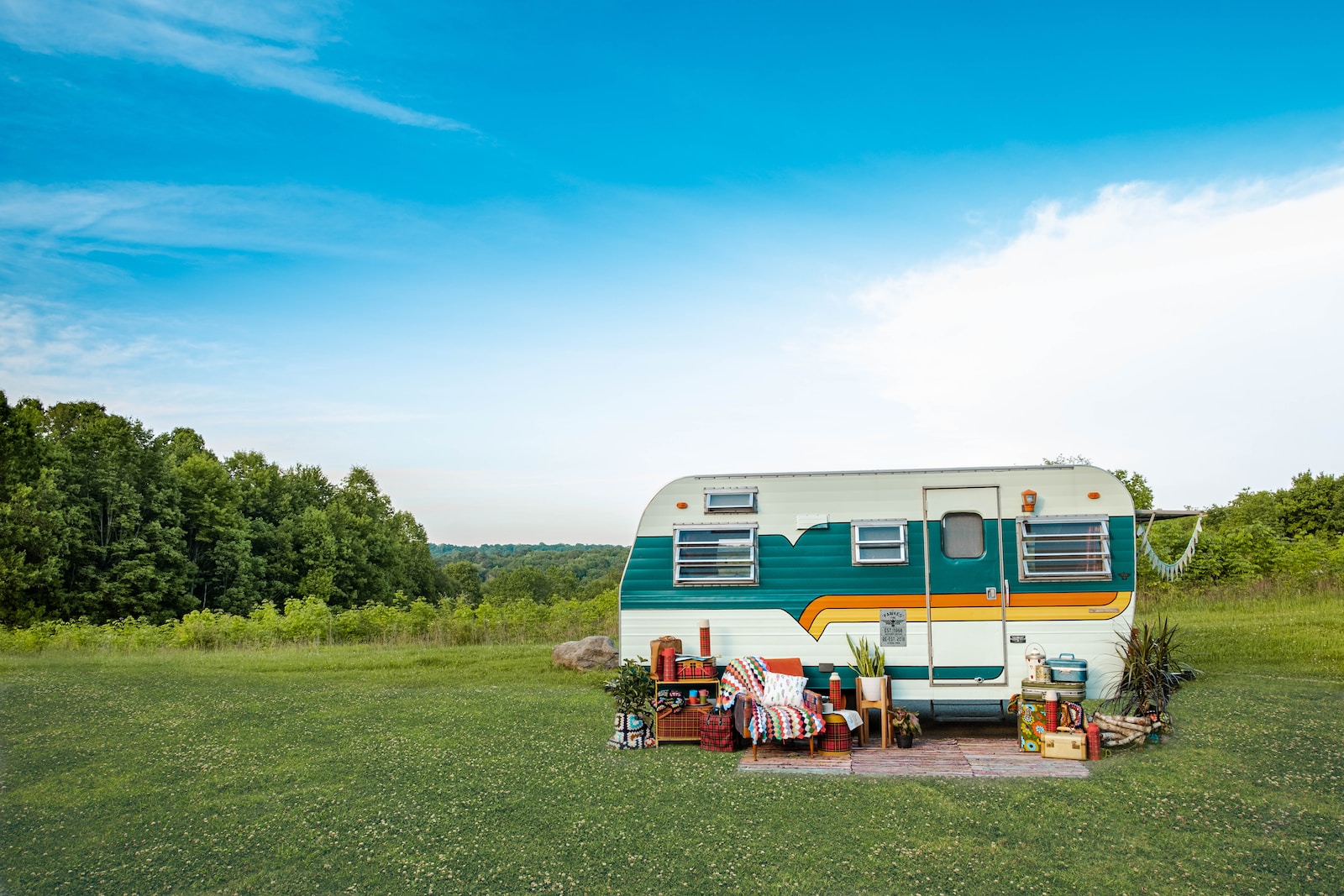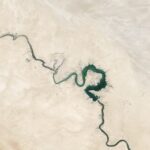Are you ready to kick your outdoor adventures up a notch? Then it’s time to learn the art of map reading! Getting lost might sound like a nightmare, but trust me, it’s part of the fun. Don’t worry, you don’t need to be a cartographer to navigate through the wild like a pro.
Start by finding a good map of the area you’ll be exploring. Look for topographic maps that show elevation changes and contour lines. Don’t forget to bring a compass and a pencil, too. Before you hit the trail, take some time to study the map and get a sense of where you’re going. Mark your route with a highlighter and make note of any landmarks you might encounter along the way.
Follow Your North Star: The Basics of Compass Use
A compass is like your North Star when you’re out in the wilderness. It’s a simple tool that can help you stay on course and avoid getting lost. The first thing you need to do is make sure you’re holding the compass correctly. Place it flat on your palm and hold it at waist height. Then turn your body until the needle lines up with the north arrow.
Now that you know where north is, you can use the compass to orient yourself to the map. Line up the edge of the compass with your starting point on the map and rotate the map until the north arrow on the map lines up with the north arrow on the compass. From there, you can use the compass to follow your planned route, making sure to adjust for any declination in the area.
The Great Outdoors Awaits: Tips for Navigation Success
Navigating through the wild is all about being prepared and staying aware of your surroundings. Here are a few tips to help you make the most of your map and compass:
- Always carry a backup map and compass in case your primary ones get lost or damaged.
- Keep an eye on your surroundings and look for landmarks that can help you stay on course.
- Take note of the time and distance you’ve traveled to help you gauge your progress and stay on schedule.
- Practice your map and compass skills in a safe and familiar environment before heading out on a longer trip.
With these tips in mind, you’re ready to hit the trail and explore the great outdoors with confidence. Remember, getting lost is half the fun, as long as you know how to find your way back!




